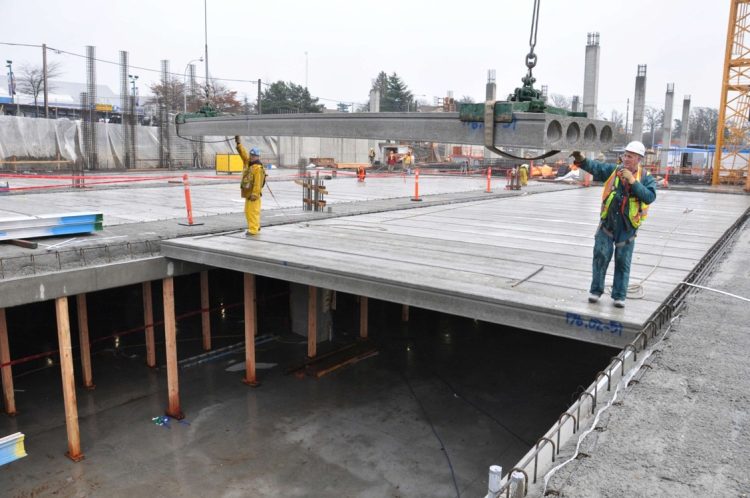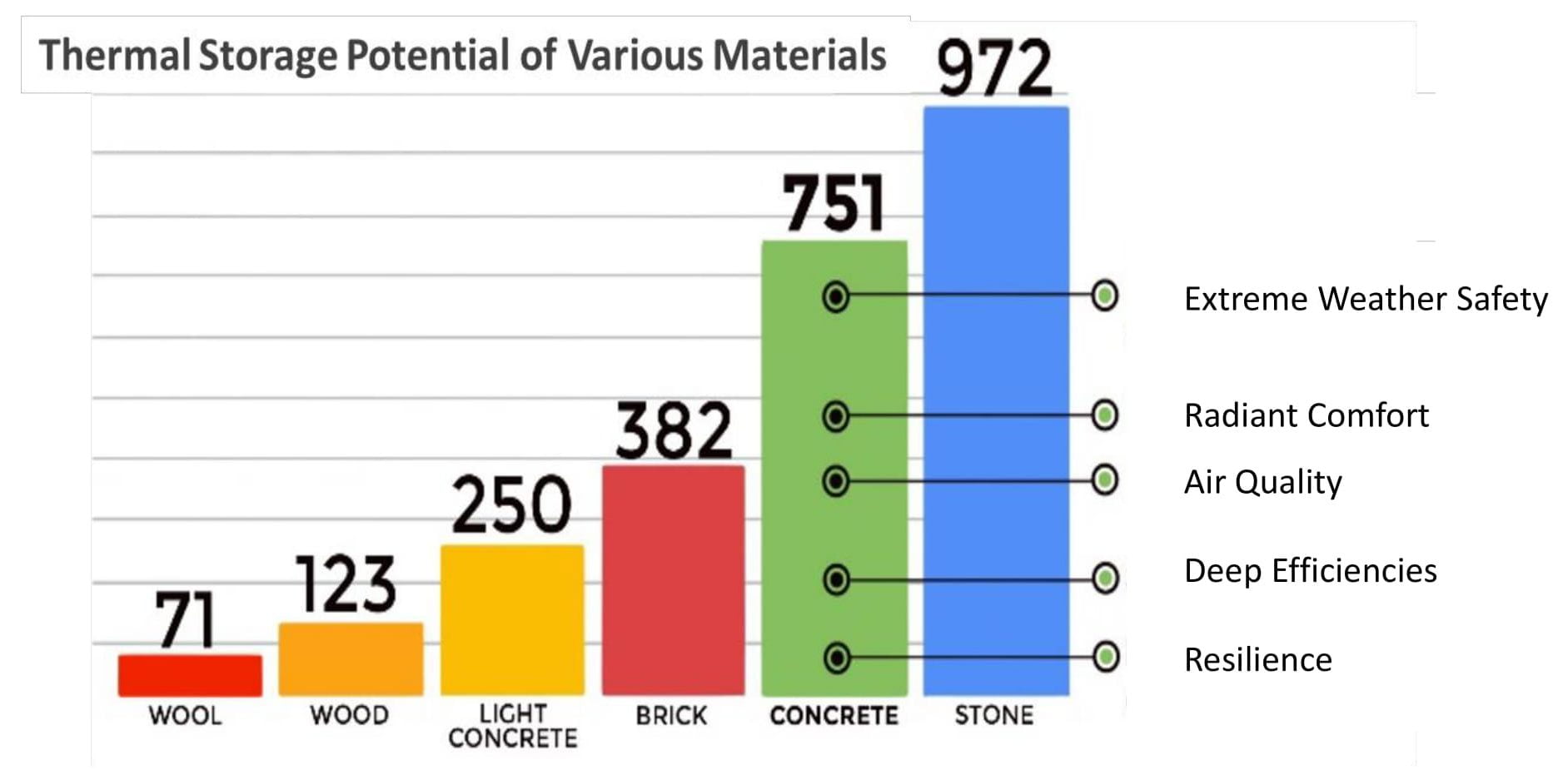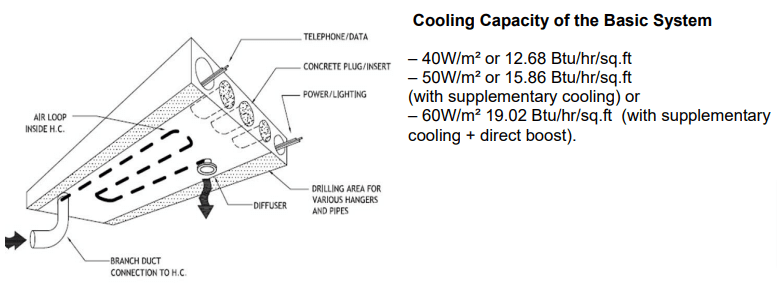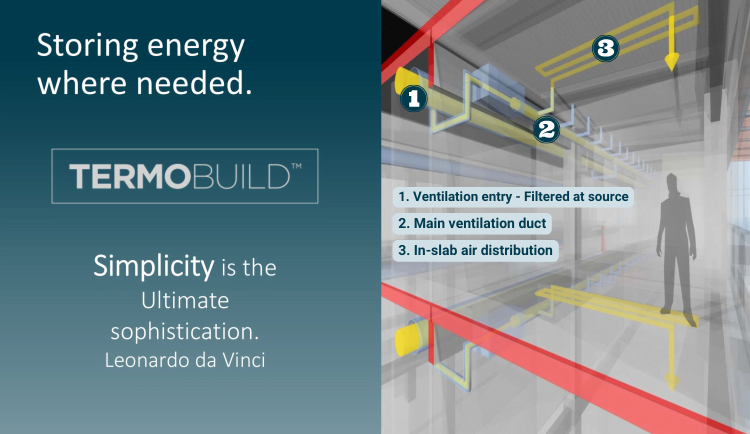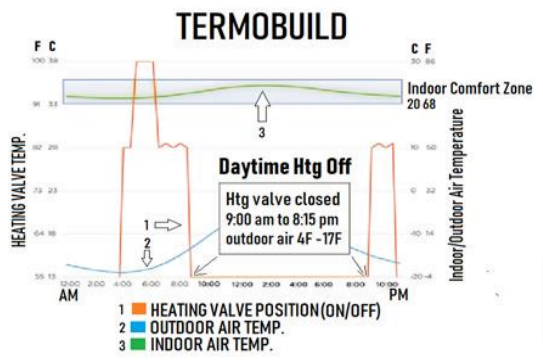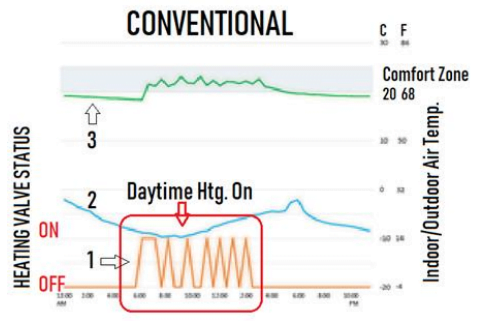Top 5 Benefits of Precast Hollow-Core Concrete Slabs for Active Thermal Storage in Buildings
In the quest for sustainable and energy-efficient building solutions, architects, engineers, and construction professionals are continually seeking innovative methods to improve thermal performance. One such technique gaining prominence is the utilization of precast hollow-core concrete slabs as an active thermal storage mechanism in buildings.
This approach not only enhances the energy efficiency of structures but also offers several distinct advantages, making it an attractive choice for modern construction projects.
Thermal Storage and Energy Efficiency
Precast hollow-core concrete slabs provide exceptional thermal mass properties. Their density allows them to absorb and store thermal energy during periods of excessive heat and release it slowly when the temperature drops. This inherent property can significantly reduce the need for additional heating and cooling systems, leading to substantial energy savings. By leveling out temperature fluctuations, buildings can maintain comfortable indoor conditions without relying heavily on mechanical HVAC systems, thereby reducing energy consumption and associated costs.
1. Enhanced Comfort
Buildings with precast hollow-core concrete slabs as active thermal storage systems offer superior thermal comfort. They effectively buffer against rapid temperature changes, creating a more stable and pleasant indoor environment for occupants. The reduced temperature swings can minimize the need for auxiliary heating or cooling and prevent discomfort caused by drafts and cold spots. As a result, occupants can enjoy consistent comfort throughout the day, promoting productivity and well-being.
2. Peak Load Shifting
One of the key advantages of using precast hollow-core concrete slabs for active thermal storage is their ability to shift peak energy loads. During off-peak hours, when energy costs are lower, the slabs absorb excess thermal energy from the building.
Then, during peak energy demand periods, they release this stored energy to assist in maintaining a comfortable indoor climate. This load-shifting capability helps reduce the strain on the electrical grid and lower energy costs for building owners and operators.
3. Sustainable Construction
Sustainability is at the forefront of modern building design and construction. Precast concrete slabs are an eco-friendly choice as they can be manufactured with a high percentage of recycled materials. Additionally, the longevity and durability of concrete reduce the need for frequent replacement or repairs, further minimizing the environmental impact of construction. By integrating active thermal storage with sustainable materials, buildings can achieve a more favorable environmental footprint.
4. Space Savings
Precast hollow-core concrete slabs are strong and lightweight compared to traditional concrete floors. This design feature maximizes floor-to-ceiling heights, offering more usable space within the building envelope. This extra space can be utilized for various purposes, such as accommodating additional floors, incorporating mechanical equipment, or creating spacious and visually appealing interiors. In urban areas with limited available space, this can be a game-changer in building design.
5. Cost Savings
The energy efficiency and reduced reliance on HVAC systems offered by precast hollow-core concrete slabs result in significant cost savings over the lifetime of a building. Lower energy bills, reduced maintenance costs, and the extended lifespan of the structure all contribute to a strong return on investment. Furthermore, the speed of installation and reduced construction time associated with precast concrete systems can lead to further cost savings.
Utilizing precast hollow-core concrete slabs as an active thermal storage mechanism in buildings offers a multitude of advantages, ranging from enhanced energy efficiency and thermal comfort to sustainability and cost savings.
These innovative building components are proving to be a game-changer in the construction industry, aligning perfectly with the growing demand for greener, more efficient, and comfortable buildings. As the world continues to prioritize sustainable building solutions, precast concrete slabs with active thermal storage capabilities are set to play a pivotal role in shaping the future of construction.

MEET THE AUTHOR
